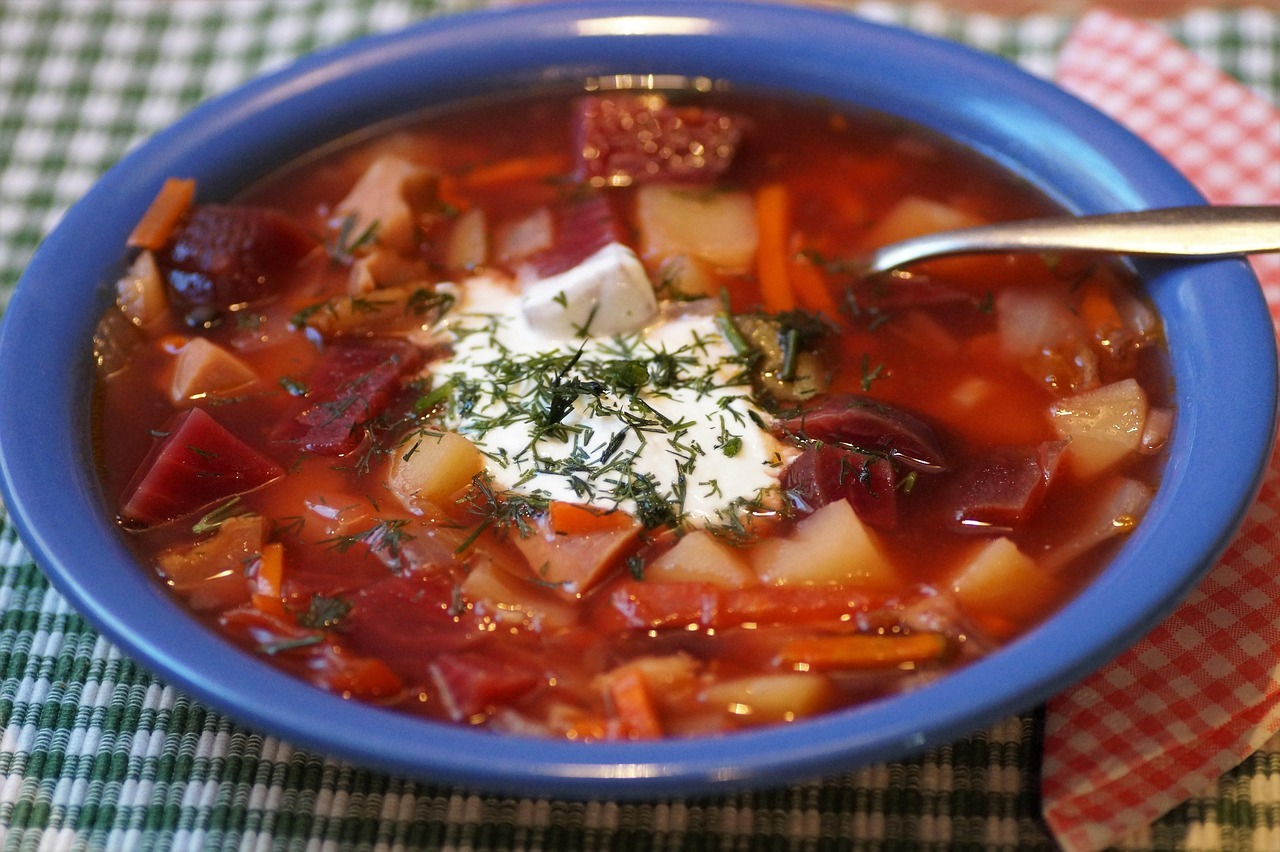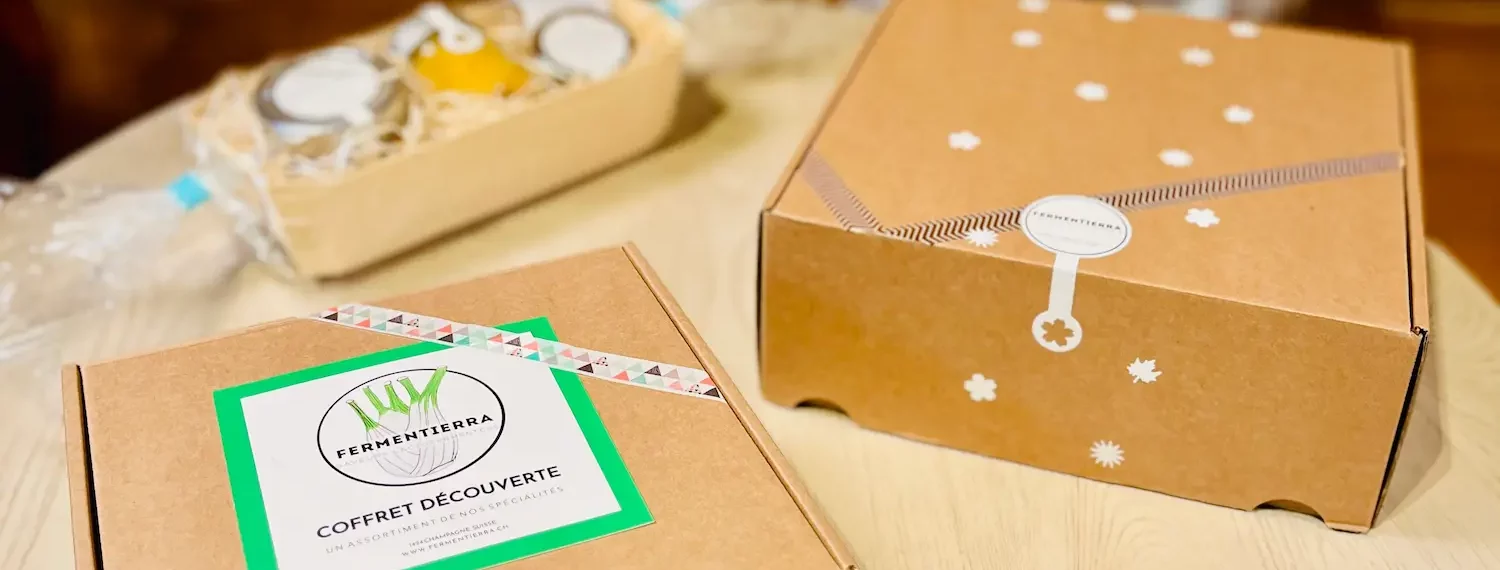Do fermented vegetables lose their benefits when cooked?
Peut-on cuire les légumes fermentés ?
Le guide suisse et une recette du terroir
Les légumes lactofermentés produits en Suisse Romande sont appréciés pour leurs saveurs. Mais perdent-ils leurs bienfaits à la cuisson ? Réponse et recette.
La choucroute, emblème des légumes fermentés, est souvent consommée cuite dans nos traditions suisses. Aujourd’hui, nous allons voir comment la cuisson transforme ces légumes et vous proposer une recette inédite : le gâteau au fromage suisse (façon Vaud/Fribourg) revisité avec une touche lactofermentée Fermentierra.
La choucroute : la preuve par l’exemple
La choucroute garnie montre que les légumes fermentés peuvent parfaitement être cuits. Voici l’impact thermique sur nos bocaux :
- 👅 Évolution du goût : la cuisson atténue l’acidité et attendrit les fibres, idéal pour les estomacs sensibles.
- 🔥 Flore microbienne : la chaleur transforme les micro-organismes, mais préserve les postbiotiques.
- 🥬 Richesse nutritionnelle : même cuit, ce légume du terroir reste riche en minéraux.
Cuisson et bienfaits santé : ce qui reste vraiment
Pourquoi manger cuit est aussi bon pour la santé
Ne jetez pas vos bocaux ! Même chauffés, les produits lactofermentés surpassent les légumes bouillis classiques :
- ✅ Postbiotiques : Acides organiques et peptides résistent à la chaleur et soutiennent la digestion.
- ✅ Vitamine C stabilisée : La fermentation crée de l’ascorbigène, une forme de vitamine C qui résiste mieux à la cuisson.
- ✅ Digestibilité accrue : La fermentation a déjà « pré-digéré » les fibres, évitant les ballonnements souvent liés au chou.

Une adaptation gourmande de la tarte au fromage (type salée vaudoise), où l’acidité de la fermentation remplace le vin blanc ou le citron.
Pour la pâte
- • 250 g de pâte brisée maison
- • 1 pincée de sel des Alpes
- • 1 œuf (dorure)
Pour la garniture
- • 200 g de fromage suisse (Gruyère AOP ou Vacherin)
- • 200 g de séré ou ricotta
- • 2 œufs + 100 ml de crème entière
- • Poivre, muscade
- • 50 g de légumes lactofermentés Fermentierra (mixés)
Préparation pas à pas
D’autres idées pour cuisiner vos bocaux

- 🔥 En fin de cuisson : Ajoutez une cuillère de kimchi suisse dans vos soupes d’hiver.
- 🍕 Comme condiment : Sur une pizza ou une raclette, l’acidité coupe le gras du fromage fondu.
En conclusion
Que vous soyez à Genève, Lausanne ou Neuchâtel, réinventez votre cuisine du terroir. Cuire les légumes lactofermentés conserve leurs postbiotiques et facilite la digestion.
Envie d’apprendre ?
Rejoignez nos ateliers de cuisine et fermentation à Champagne (VD).
Voir les prochaines dates d’ateliers